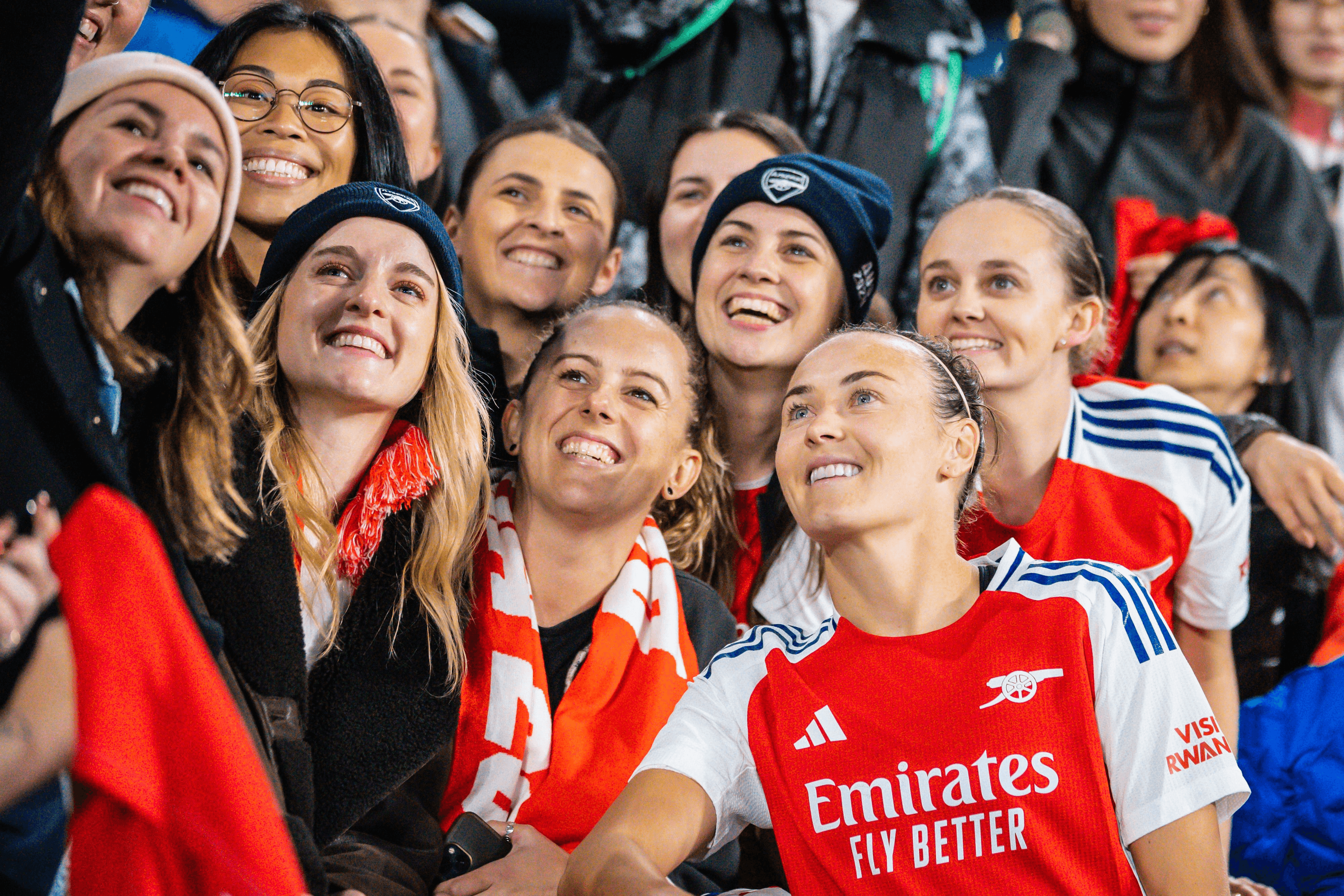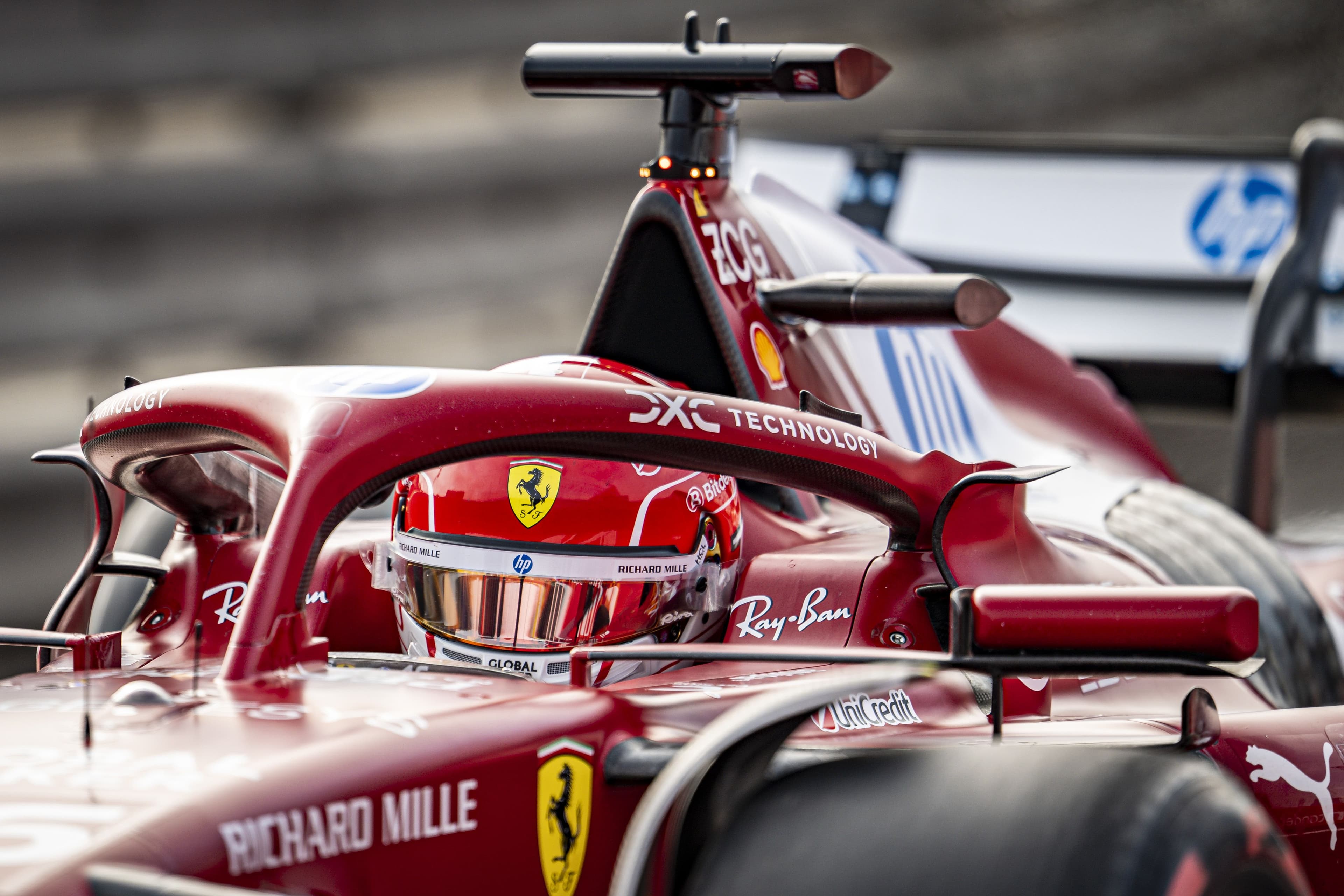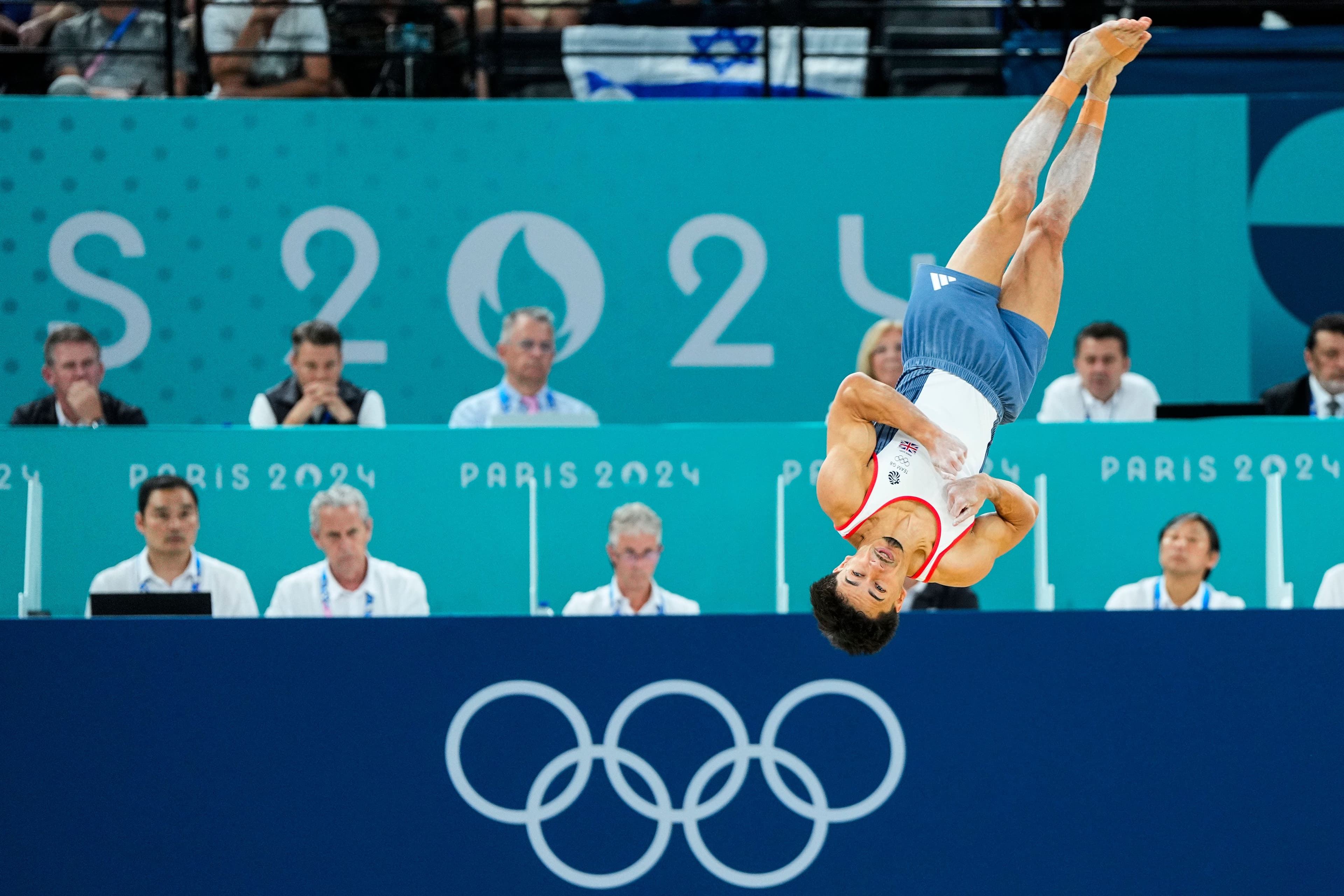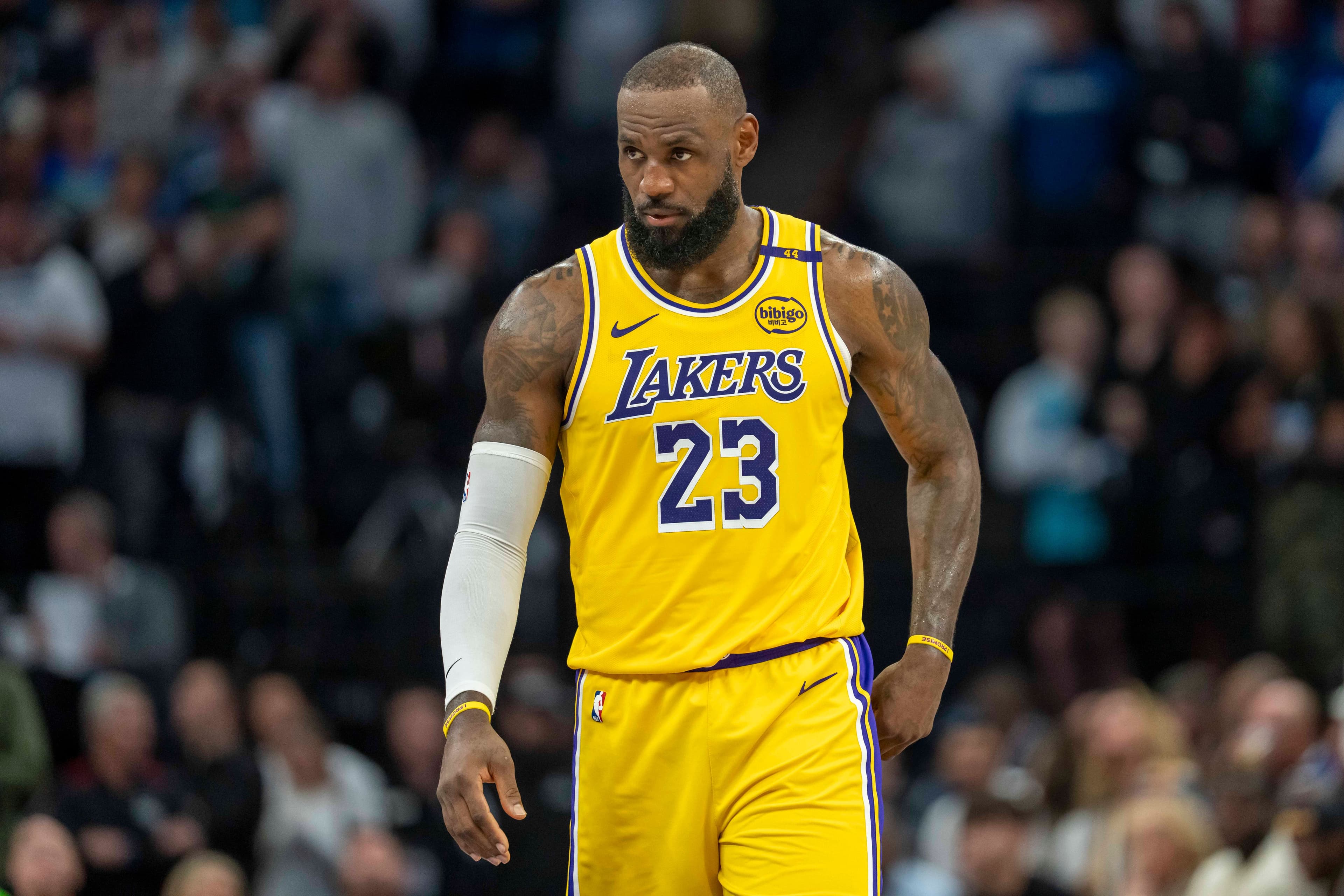In recent years, women's sports have garnered unprecedented attention, with growing audiences and increasing media coverage. As a result, sports organizations are exploring new strategies to capitalize on this momentum, particularly by unbundling women's sponsorship rights from men's. This approach offers distinct benefits and requires a tailored strategy to unlock the full potential of women's sports sponsorship.
Unbundling: A Strategic Shift
Unbundling women's sports sponsorship rights involves separating them from men's to create independent commercial opportunities. This move can seem daunting, but it has proven beneficial for several sports organizations. For example, Uefa, Fifa, and World Rugby have successfully attracted major brands like Adidas, Amazon, EA, Mastercard, and Capgemini by unbundling their women's properties.
The rationale behind this strategy is supported by promising data. According to Sports Innovation Lab (SIL), 83% of brands plan to increase their media investment in women's sports in 2024. SponsorUnited predicts unprecedented growth in sponsorship revenue for US women's sports properties, with global sponsorship deals in women's professional sports increasing by more than 22% year-over-year.
Driving Factors Behind the Surge
Several factors contribute to the rising sponsorship activity in women's sports:
Record Viewership and Attendance
Innovative Partnership Models
Targeted Advertising Opportunities
Understanding the Women's Sports Audience
Brands must recognize that the women's sports audience differs fundamentally from the men's. Jenny Mitton, managing partner at M&C Saatchi Sport and Entertainment, notes that the passion and engagement in women's sports are equally intense, but the behavior and spending patterns of the audience are distinct. Brands that have invested early and activated their partnerships creatively have seen significant rewards. For instance, Barclays' title sponsorship of the Women's Super League (WSL) and Ally Financial's commitment to equalizing media spend between men's and women's sports have both yielded positive outcomes.
Tailoring Sponsorship Strategies
To maximize the potential of women's sports sponsorship, a different approach is required:
Focus on Business Growth and Commercial Maturity: Sponsorships should aim to drive business growth and help women's sports achieve commercial maturity.
Creative Partnership Structures: Unlike men's sports, which often have rigid sponsorship structures, women's sports offer opportunities for bespoke and innovative sponsorship packages.
Enhanced Storytelling and Engagement: Women's sports provide a platform for powerful storytelling, which can significantly enhance brand perception. Research from the Women's Sport Trust (WST) shows that 29% of consumers view brands supporting women's sports more favorably.
Economic and Commercial Advantages
The economics of women's sports also present unique advantages. For instance, Deloitte forecasts that commercial revenue will constitute 55% of the total revenues in women's elite sports in 2024, compared to the broadcast segment dominating men's sports. Moreover, for every dollar spent on women's sports sponsorship, organizations generate over $7 in customer value, with the Ladies Professional Golf Association (LPGA) reporting up to 400% return in media value.
The Future of Women's Sport Sponsorship
As women's sports continue to grow, the sponsorship landscape is set to become more competitive. The true marker of commercial maturity will be when increased competition drives a "commercial bunfight" for sponsorship deals. Until then, the focus should remain on innovative, targeted, and differentiated strategies that support the unique position of women's sports in the market.
In conclusion, unbundling women's sports sponsorship rights and adopting tailored strategies can unlock new revenue streams and enhance brand engagement. As the sector evolves, embracing these unique approaches will be crucial in driving the continued growth and success of women's sports.
Sources:
Sports ProMedia
SponsorUnited






